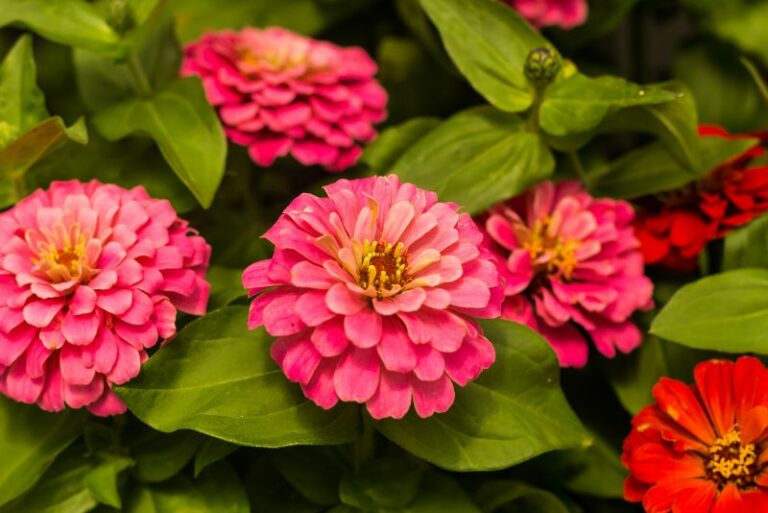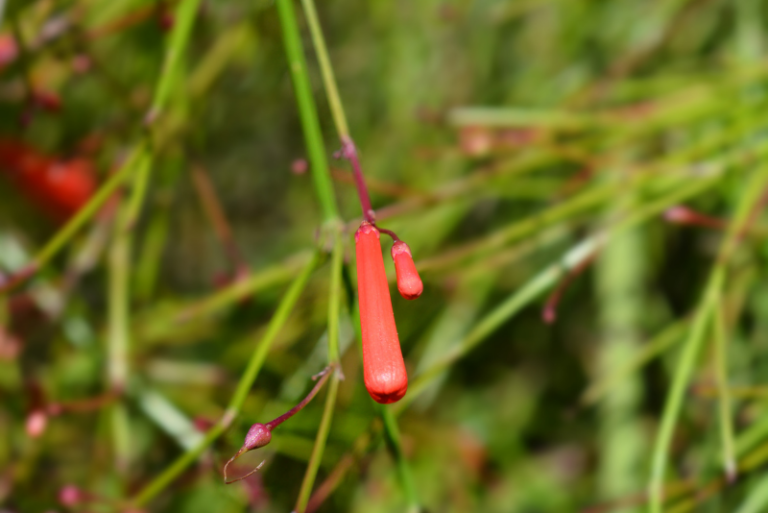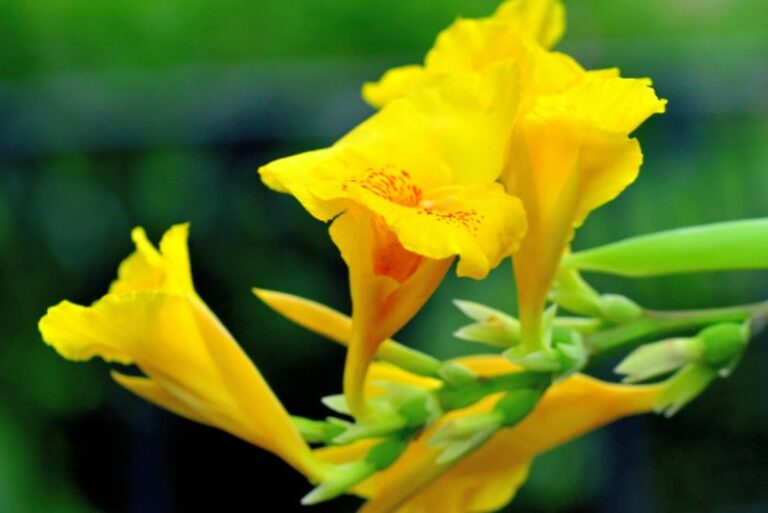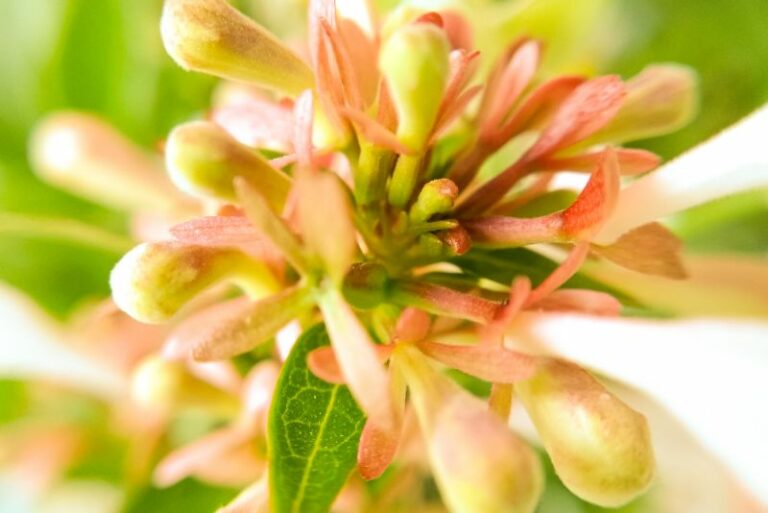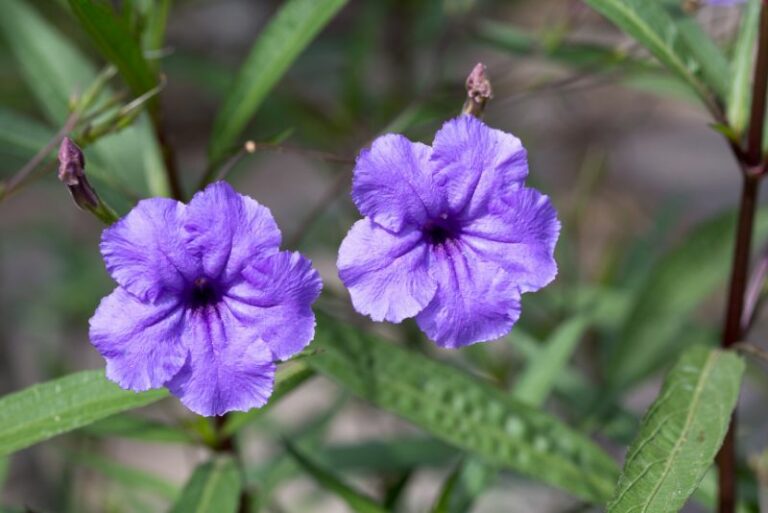Growing Perennial Sweet Pea: A Comprehensive Guide
Perennial Sweet Pea, botanically known as Lathyrus Latifolius, is a staple in the garden of the seasoned or budding horticulturist. Its delicate yet vibrant flowers and ornamental foliage have the power to transform any garden with beauty and charm. With this comprehensive guide, gardening enthusiasts, plant lovers, and novices will gain valuable insights on how to cultivate and care for the delightful perennial sweet pea.
Introduction to Perennial Sweet Pea
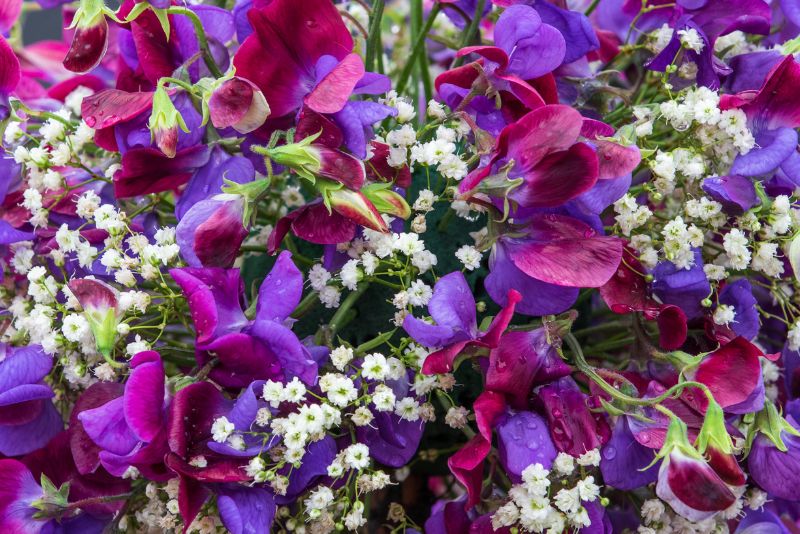
The perennial sweet pea, native to the Mediterranean region, is a climbing plant that offers an abundance of colorful blossoms from late spring to mid-summer. Known for its sweet fragrance and the ability to attract butterflies, it is a favorite for those who seek to create a joyful and visually appealing garden space.
The Lathyrus Latifolius plant can grow up to 6 to 10 feet tall, offering an attractive screen along with its blossoms. Despite its charming demeanor, this perennial plant exhibits strong growth patterns that mark it as remarkably resilient.
Understanding Perennial Sweet Pea
Before you plunge into growing your own sweet peas, it’s essential to understand their basic requirements.
Description of the Plant
The perennial sweet pea is characterized by pairs of large, oblong leaflets and clusters of 3 to 15 colorful pea-like flowers on long stalks. They come in a variety of hues ranging from white and pink to red and purple, adding depth and variety to your garden.
Growth Requirements
- Sunlight: Perennial sweet peas thrive in full sunlight, requiring at least 6 hours of direct exposure for healthy development and impressive flowering.
- Soil: This plant prefers a well-drained, slightly alkaline soil or neutral pH. It can adapt to various soil types, but a rich, compost-amended soil will yield the best results.
- Water: Sweet peas like moist soil, so regular watering is important, particularly during dry periods or when they are established in sandy soil.
Planting and Care Tips for Lathyrus Latifolius
Proper planting and care are the pillars of a flourishing sweet pea garden.
Selecting the Right Location
Choosing the right spot is crucial. Give your sweet peas a head start by selecting a location with good air circulation, access to plenty of sun, and vertical support for their climbing habit, such as trellises or fences.
Planting Instructions
- Sowing Seeds: If starting from seeds, sow them in the desired location in the fall or early spring.
- Transplanting Seedlings: For transplants, be gentle when handling the delicate roots and plant them in a hole as deep as the pot they were previously growing in, spacing them about 6 inches apart.
Watering, Fertilizing, and Pruning Guidance
- Watering: Provide consistent moisture, but avoid overwatering, especially during the dormant winter season. Mulching around the plant can help retain soil moisture.
- Fertilizing: Sweet peas are light feeders; a balanced fertilizer applied to the soil before planting and a side-dressing during the growing season should suffice.
- Pruning: Deadhead spent flowers regularly to encourage more blooms. Additionally, pinching off the growing tips when they reach about 6 inches will promote bushier growth.
Managing Common Issues
Sweet peas, like any plant, are susceptible to pests and diseases. Understanding how to deal with these issues is integral to a successful garden.
Dealing with Pests and Diseases
- Pests: Watch out for aphids, slugs, and snails. Hand-picking or using organic insecticidal soap can effectively manage pest populations.
- Diseases: Keep an eye out for powdery mildew, a common fungal disease. Ensuring good air circulation and avoiding overhead watering can prevent its occurrence.
Handling Growth Challenges
- Plant Support: Strong supports are essential for the vertical growth of sweet peas. Check them frequently and provide additional support as needed.
- Overcrowding: If planted too densely, sweet peas may compete for resources. Thin out crowded areas to allow each plant to thrive.
Benefits of Growing Perennial Sweet Pea
The sweet pea isn’t just a pretty face; it brings several benefits to your garden beyond aesthetics.
Aesthetics in Gardens
The bright, soothing colors and the gentle aroma of sweet pea blossoms make them a delightful addition to any garden. With careful planning, they can be used to enhance the visual appeal of your garden spaces.
Environmental Benefits
They are a great resource for pollinators, particularly bees and butterflies, contributing to the health of your garden ecosystem. Sweet peas also play a role in soil health and contribute to the long-term sustainability of the space they inhabit.
Educational Opportunities for Beginners
For newcomers to the world of gardening, sweet peas offer an uncomplicated, yet rewarding growing experience. They provide an excellent opportunity to learn about plant care and the principles of cultivation.
Conclusion
Cultivating perennial sweet peas like Lathyrus Latifolius is a joyful endeavor that can brighten up any outdoor setting. Their easy-to-nurture nature and the wealth of color they bring to the garden make them a perennial favorite among plant aficionados.
By following the tips and recommendations provided in this guide, you’re well on your way to becoming a maestro of the sweet pea. Make sure to enjoy the process — watching these sweet peas grow and flourish will be a rewarding experience for any gardener. Happy growing!


